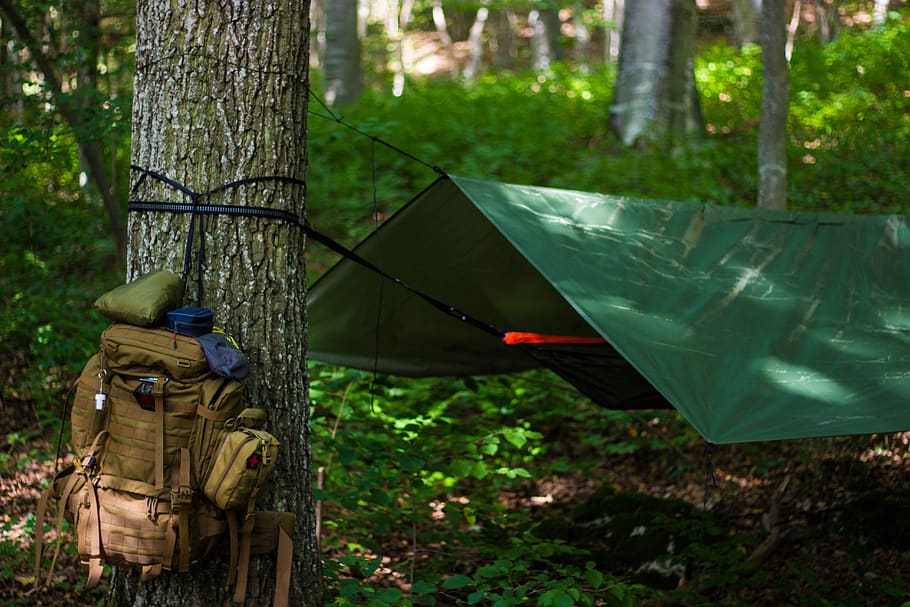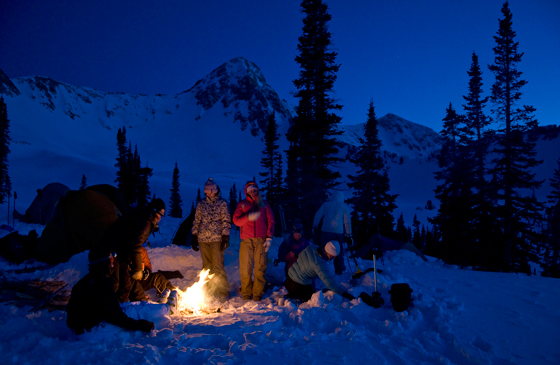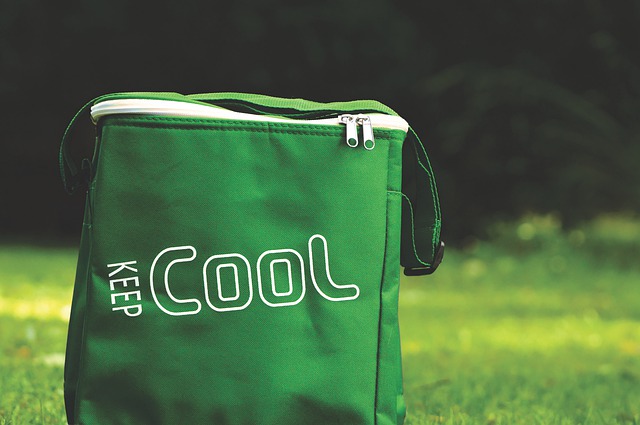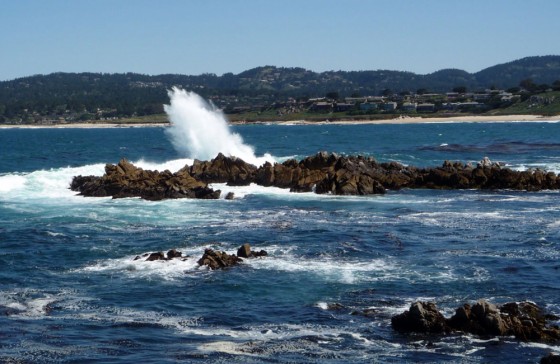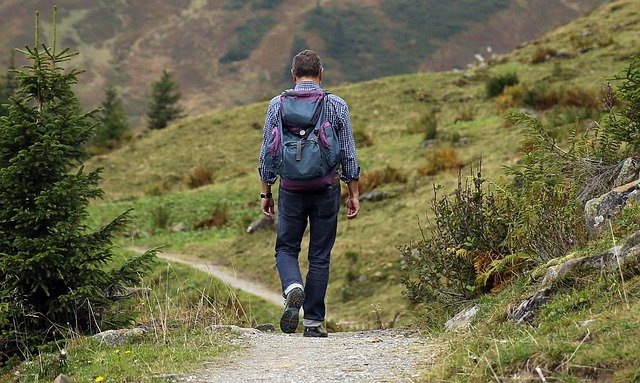There’s nothing like feeling exposed to get you thinking about the basic necessities of survival.
I recently found myself next to a remote Canadian river, my cotton clothing soaked through from a surprise rainstorm, facing the prospect of spending the night with no food, shelter or fire. I knew better – “Be Prepared!” – but there I was.
It was early August and I was running shuttle for some other whitewater kayakers. I needed to be at the unmarked take out so that they would know where to get off the river. If they didn’t see me, they would most likely miss the takeout and spend the night lost in the wilderness.
In my rush to meet them, I forgot to bring even basic survival gear. It happened because I got caught off guard.
We were in a remote area of Quebec, and the road to the river takeout where I was supposed to meet them had been abandoned and was in terrible condition.
What I thought would be a one mile hike to the takeout, turned out to be four miles, after I was forced to stop our van due to downed trees. I left the van behind and set out on foot, leaving behind my rain gear and flashlight.
As the trail got rougher, I started having doubts I was on the right trail. I started running to save time. A storm blew in and poured rain during most of my hike.
Cold and tired, I eventually found the takeout after bushwhacking a hundred yards from the trail to the riverside. It was about 7 p.m. and the sun was dropping behind a nearby mountain.
It occurred to me that I could be waiting a long time. If one of the paddlers had gotten injured on the river, it could take them hours to reach me.
If they had already passed the takeout and gone down river, I wouldn’t know it. I was trapped in that spot by my responsibility to my friends.
Fortunately, the paddlers arrived about an hour later. The storm had passed and I was in my boxers, drying my clothing on a wooden tripod I’d constructed from fallen tree branches.
In retrospect, the experience was a gift. While I’d been waiting, I had some quality time – under a mild amount of duress – to consider what survival gear I should have brought on my ill-planned adventure.
The list I came up with not exhaustive, and I offer it on no expert authority.It’s a bare-bones collection of items that would have made me safer and more comfortable had I needed to spend that wet summer night next to the river.
Here are the things I wished I’d carried in a backpack that day:
Rain gear and thermal layers

My soaked cotton pants and shirt were none too warm and dried none too quickly. I needed rain gear.
At the minimum, I should have carried a rain coat. Even better if I had rain pants. Both would ideally be made of a waterproof-breathable material.
To trap warm air next to my skin, I would have liked thermal layers (hat, shirt, bottoms, socks) made of a quick-drying material such as wool or a synthetic like polypropylene.
Fire starter
After rain gear and thermals, a lighter or waterproof matches were next on my list.

I really wanted to start a fire after the rainstorm passed. I had access to plenty of wood, but nothing with which to ignite a fire. Waterproof matches
seem like a safer bet than a lighter, since there are no moving parts to break.

Another option are sparking devices like those made by FireSteel and Ultimate Survival. These devices are durable and have a long life. Another nicety would be to pack a bit of vacuum-wrapped tender to help get the flames going in wet conditions.
Food and water

As remote as the river seemed, drinking from it presented a serious risk. Wild animals can carry microorganisms capable of making humans very sick. And who knew what pit stops my paddling friends were making up river. I was wishing for a water purifier
of some sort.

Boiling water can address this issue, but its unlikely that I would pack a bulky pot in an emergency kit. My best bet would have been using water treatment tablets
that kill microbes with either iodine or chlorine or water filters, which have gotten much smaller in recent years.
As for food, a couple of Clif Bars would have been a veritable feast!
Headlamp/flashlight


What if I’d needed to start a fire or purify water in the dark? A waterproof headlamp or hand-held flashlight would have made a huge difference. Don’t forget to check the batteries.
Had the paddlers needed to carry their boats to the car in the dark, having an extra light or two would have made everyone safer.
In fact, during the long hike out, it was getting dark, and two of us who finished first ran back to bring flashlights to the stragglers.
Rain tarp
Even wearing rain gear, I would have been miserable sitting next to the river in a pouring rain all night. I also would have struggled to keep a fire lit.

My remedy for this would have been a rain tarp, something light enough that I’d be willing to carry it with me, but rainproof and big enough to provide a decent shelter.

I haven’t tested this out yet, but I’m guessing something 6-feet wide by 8-feet long would do the trick. A few gear manufacturers now offer ultra-light shelters that can be held up with a few feet of tent cord and a couple of tree branches or hiking poles.
First aid kit
I’ve suffer from allergies and very occasionally asthma, and it occurred to me that I should have at least had an inhaler and antihistamine tablets with me.
Beyond that, I probably should have been carrying a basic first aid kit in case I or one of the paddlers I was meeting had a health problem.

Frankly, I’m not qualified to say what a basic wilderness first aid kit should contain, but I’m planning to take a basic wilderness first aid course from an organization like the National Outdoor Leadership School to find out.
Once you’ve assembled the basic survival gear, the next challenge is to actually carry it with you. I had access to much of the gear listed above when I left the car, but chose not to bring it. Big fail.
One thing that might help is to collect the things you’re unlikely to use often – firestarter, water treatment, rain shelter – into a single bag. That way you can just throw the bag into a backpack, and don’t have to spend a lot of time collecting these items. To hedge your bets you could add to this kit a cheap plastic rain parka, a backup flashlight and a bit of freeze dried food.
There are other items I would probably add to my kit – a compass or GPS comes to mind. But the items on the list above were the things I really wanted that day next to the river. I’ll be carrying them next time I’m headed into the wilderness.
This page is an archive. To learn more about archive pages click here
The responses below are not provided, commissioned, reviewed, approved, or otherwise endorsed by any financial entity or advertiser. It is not the advertiser’s responsibility to ensure all posts and/or questions are answered.
